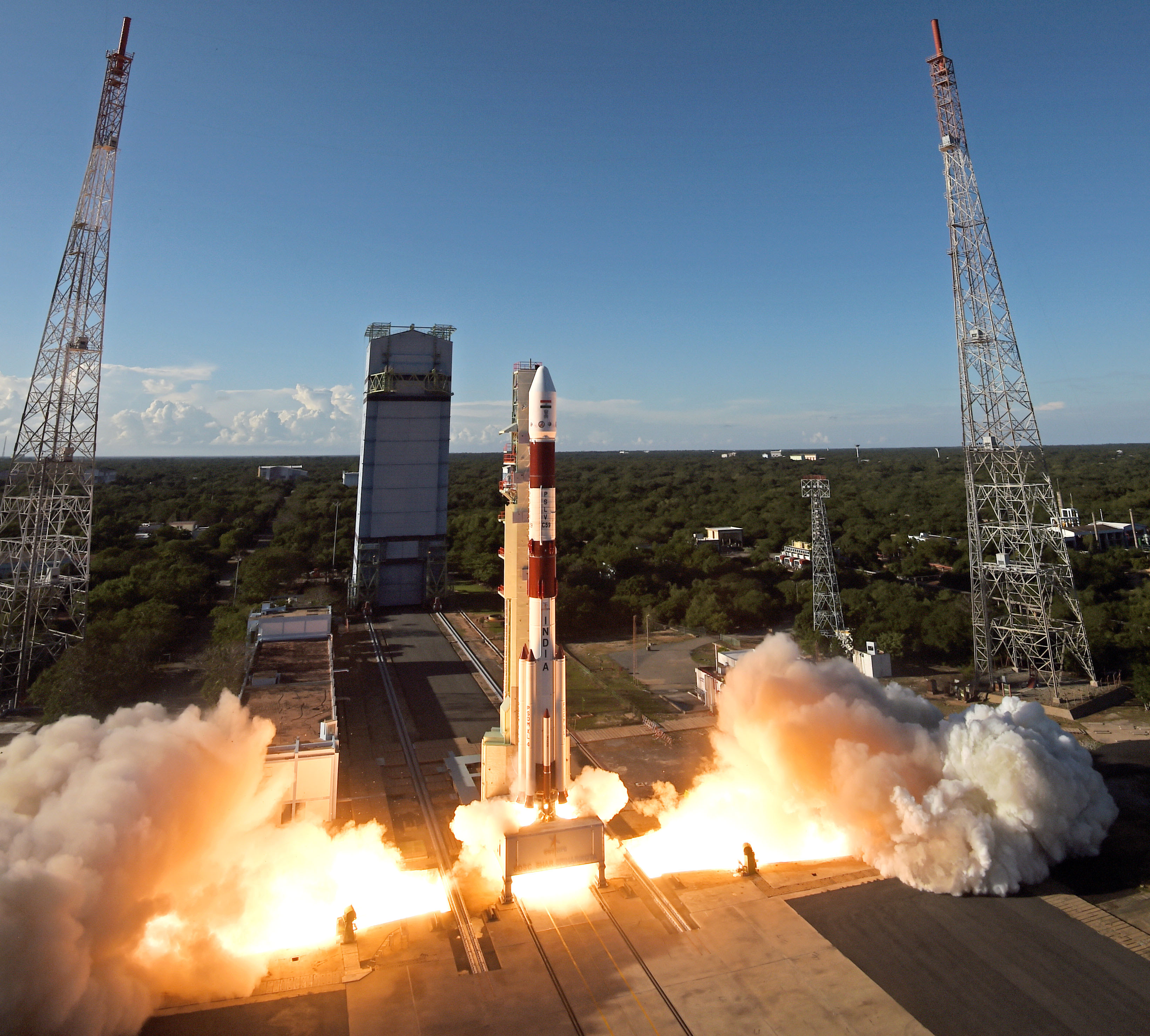
Launch
Indian Space Research Organization
PSLV-XL | Proba-3
- Mission
- rocket
- Pad
- Agency
Mission
Proba-3
Technology
Elliptical Orbit
Proba-3 (Project for On-Board Autonomy 3) is the first close formation flying mission for the European Space Agency (ESA). It consists of two independent, three-axis stabilised spacecraft flying 150 meters from one another with the ability to accurately control the attitude and separation of the two craft. Such formation flying will be maintained for 6 hours, creating ″artificial solar eclipse″ for the satellite below. The spacecraft pair will fly a highly elliptical orbit divided between periods of accurate formation flying around apogee, when payload operations will be possible, and periods of free flight.
Status
Launch Successful
The launch vehicle successfully inserted its payload(s) into the target orbit(s).
Pad
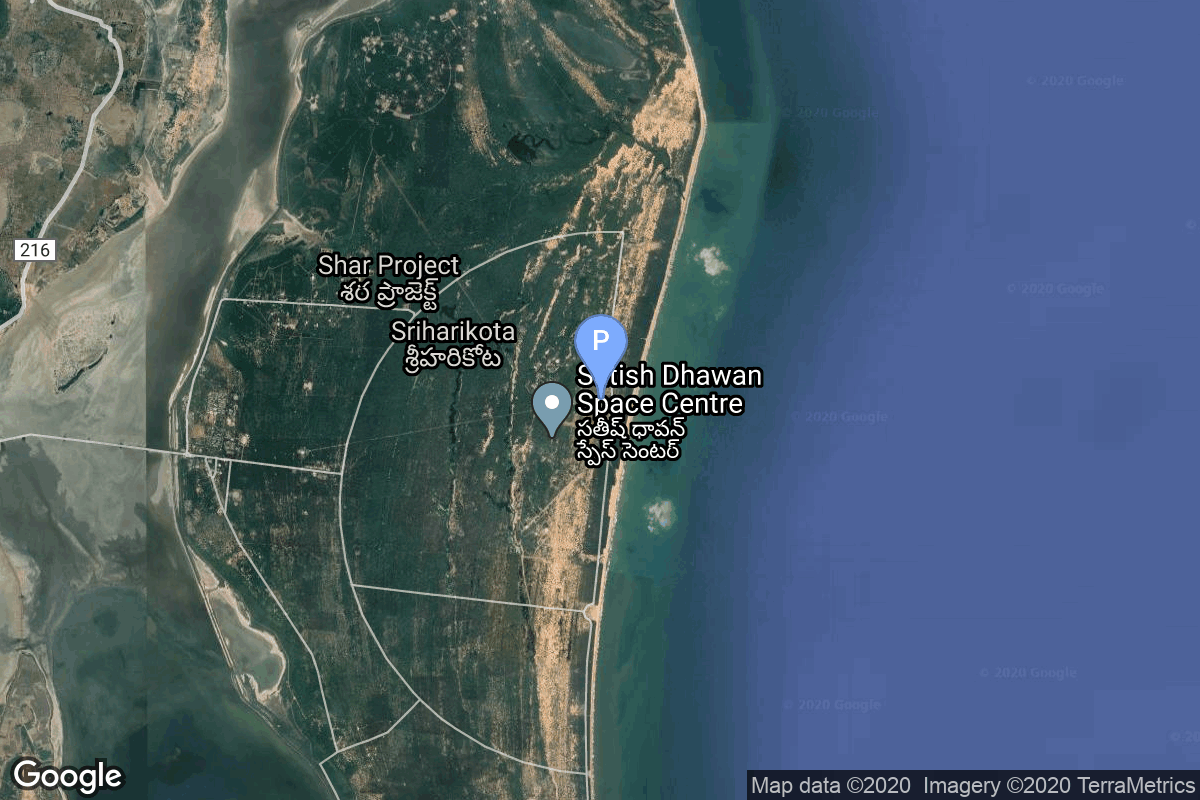
Satish Dhawan Space Centre First Launch Pad
IND
India has two launch pads at the site. The First Launch Pad, operational since 1993, is used for Polar Satellite Launch Vehicle, Small Satellite Launch Vehicle and formerly used by Geosynchronous Satellite Launch Vehicle.
Latitude: 13.733
longitude: 80.235
Map
Location
Asia/Kolkata
Satish Dhawan Space Centre, India
Satish Dhawan Space Centre – SDSC (formerly Sriharikota Range – SHAR),[1] is the primary spaceport of the Indian Space Research Organisation (ISRO), located in Sriharikota, Andhra Pradesh.
101
0
Location Image

Rocket

PSLV XL
PSLV-XL is the upgraded version of Polar Satellite Launch Vehicle in its standard configuration boosted by more powerful, stretched strap-on boosters with 12 tonne propellant load. Weighing 320t at lift-off, the vehicle uses larger strap-on motors (PSOM-XL or S12) to achieve higher payload capability. On 29 December 2005, ISRO successfully tested the improved version of strap-on booster for the PSLV. The first use of PSLV-XL was the launch of Chandrayaan-1 by PSLV C11. The payload capability for this variant is 1,800 kg to SSO.
Family: PSLV
Variant: XL
Details
Min stage: 4
Max stage: 4m
Length: 44.0m
Diameter: 2.8
First Flight: Oct. 22, 2008
Total launch count: 27
Successful launches: 25
Failed launches: 2
Pending launches: 1
Manufacturer
Indian Space Research Organization
Government
IND
The Indian Space Research Organisation (ISRO) is the space agency of the Government of India headquartered in the city of Bangalore. Its vision is to "harness space technology for national development while pursuing space science research and planetary exploration."
1969
Chairman: V. Narayanan
PSLV | GSLV
Gaganyaan
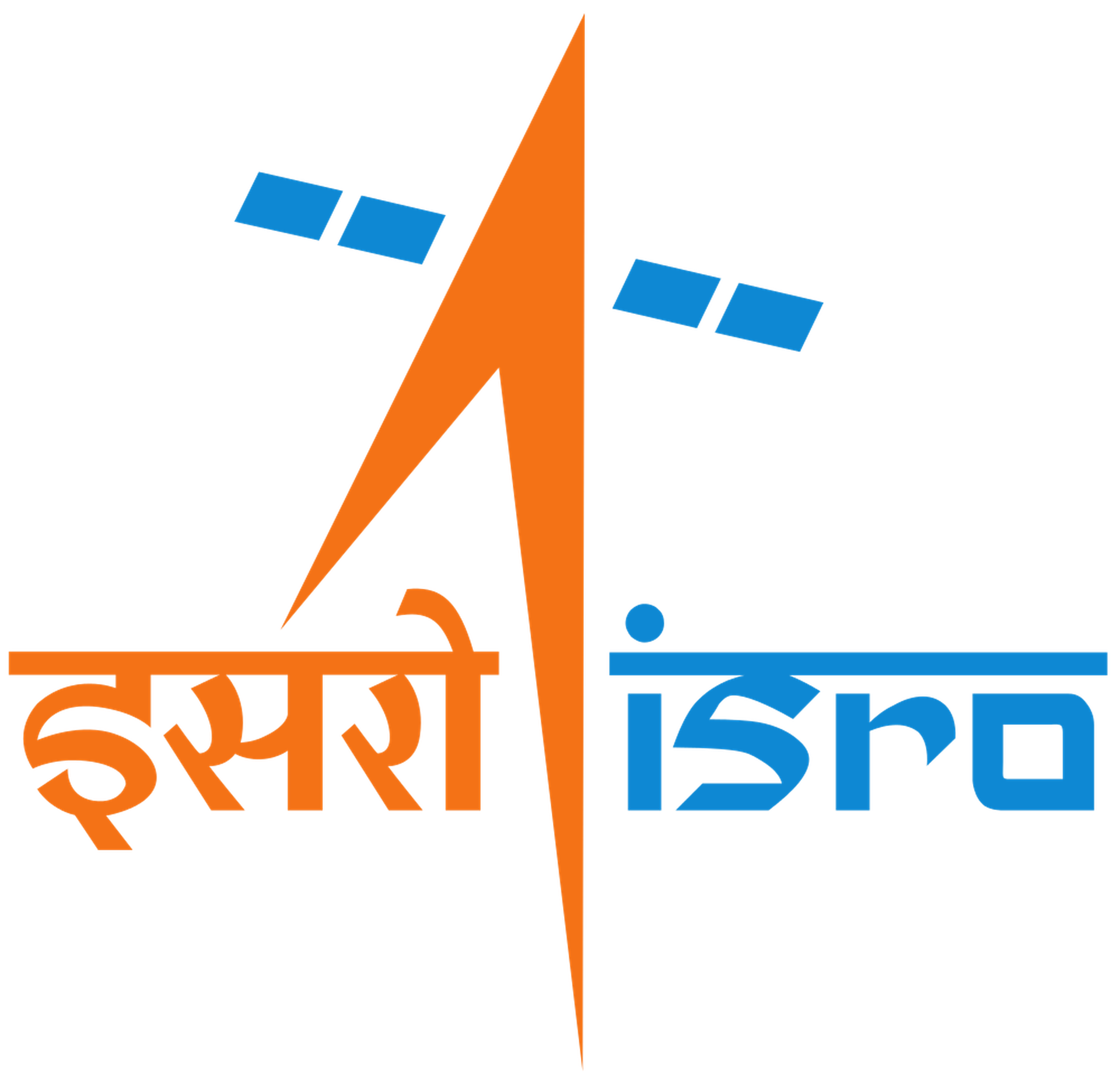
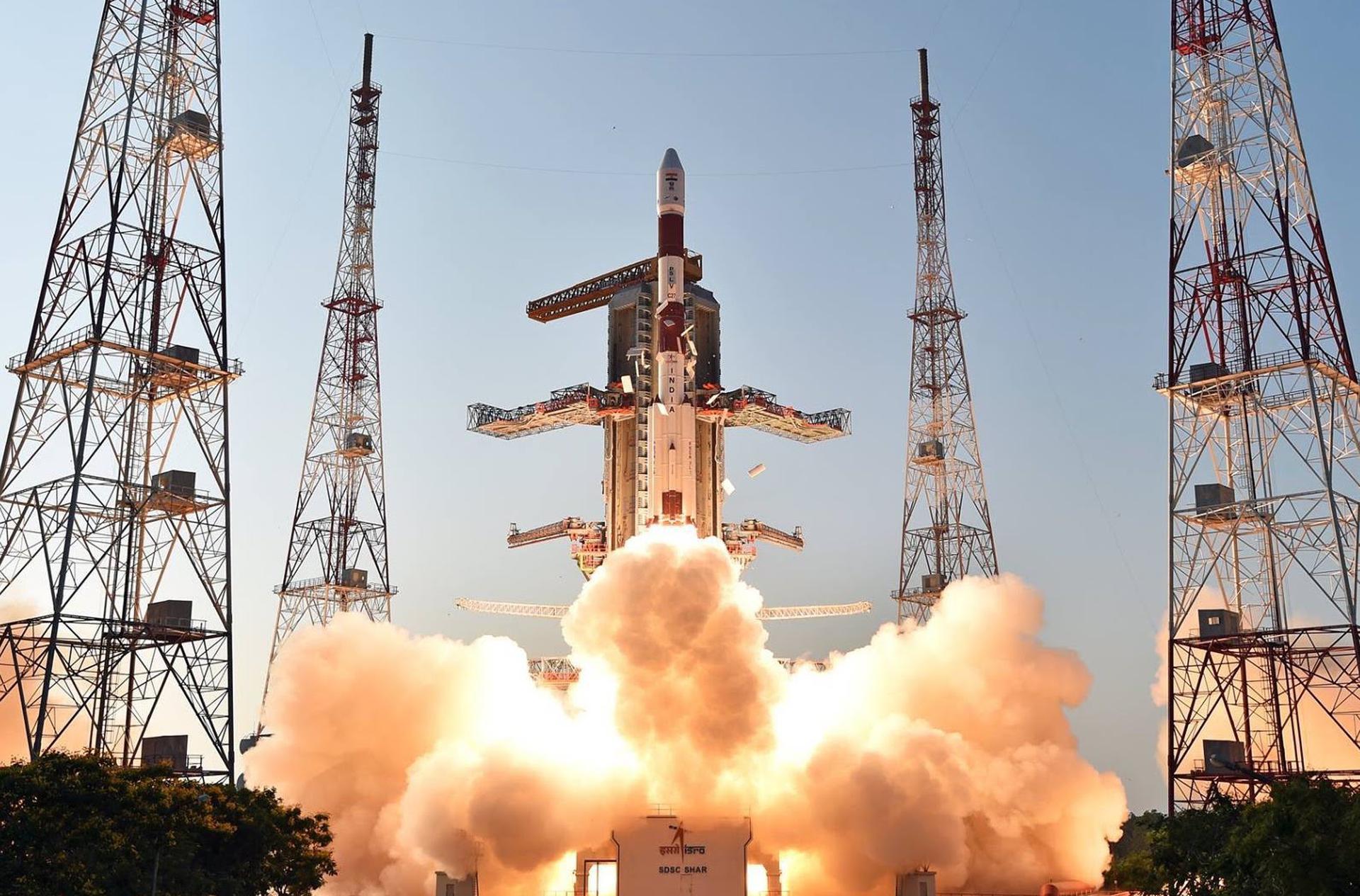
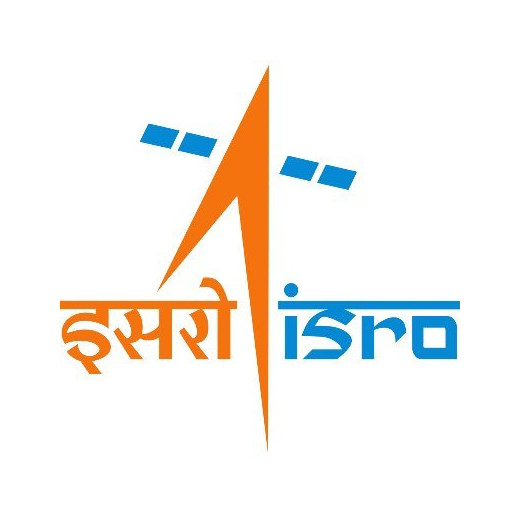
Agency

Indian Space Research Organization
The Indian Space Research Organisation (ISRO) is the space agency of the Government of India headquartered in the city of Bangalore. Its vision is to "harness space technology for national development while pursuing space science research and planetary exploration."
Details
Chairman: V. Narayanan
1969
PSLV | GSLV
Gaganyaan
Total launch count: 97
Successful launches: 83
Consecutive successful launches: 2
Failed launches: 14
Pending launches: 18


